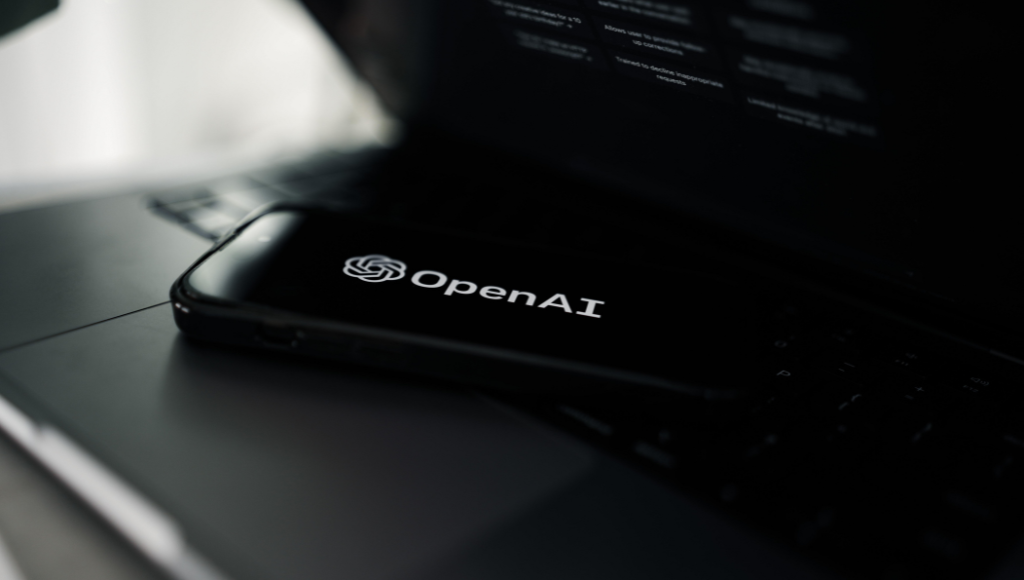The latest breakthroughs in artificial intelligence could lead to the automation of a quarter of work in the US and the eurozone, according to a study by Goldman Sachs.
The investment bank said Monday that “generative” AI systems like ChatGPT, which can create content indistinguishable from human performance, could spark a productivity boom that would eventually lift annual global gross domestic product by 7 percent over a 10-year period would increase period.
But if the technology lived up to its promise, it would also bring “significant disruption” to the labor market and expose the equivalent of 300 million full-time workers in major economies to automation, according to Joseph Briggs and Devesh Kodnani, the paper’s authors. Lawyers and administrative staff would be most at risk of being fired.
They calculate that about two-thirds of jobs in the US and Europe experience some level of AI automation, based on data on the tasks typically performed across thousands of jobs.
Most people would see less than half of their workload automated and likely continue their work, freeing up some of their time for more productive activities.
In the USA, this should apply to 63 percent of the workforce, they calculated. Another 30 percent who work physically or outdoors would not be affected, although their work could be vulnerable to other forms of automation.
But about 7 percent of US workers have jobs where at least half of their tasks could be done by generative AI and are vulnerable to replacement.
Goldman said his research pointed to a similar impact in Europe. With manual labor accounting for a larger share of employment in the developing world, around a fifth of the work globally could be done by AI — or about 300 million full-time jobs in major economies.
The report will ignite debate on the potential of AI technologies to both revive the rich world’s flagging productivity growth and create a new class of dispossessed white-collar workers who risk suffering a fate similar to that of manufacturing workers in the United States 1980s.
Goldman’s estimates of the impact are more conservative than some academic studies that considered the impact of a broader range of related technologies.
A paper published last week by OpenAI, the creators of GPT-4, found that 80 percent of the US workforce could see at least 10 percent of their jobs done by generative AI, based on analysis by human researchers and the company’s large machine language model ( LLM).
Europol, the law enforcement agency, also warned this week that rapid advances in generative AI could help online scammers and cybercriminals, so “dark LLMs . . . could become an important criminal business model of the future”.
Goldman said that if corporate investment in AI continued to grow at a similar pace to software investment in the 1990s, US investment alone could reach 1 percent of US GDP by 2030.
The Goldman estimates are based on an analysis of US and European data on the tasks typically performed in thousands of different jobs. Researchers hypothesized that AI would be able to perform tasks such as filling out tax returns for a small business; evaluation of a complex insurance claim; or document the results of a crime scene investigation.
They did not envisage AI being used for more sensitive tasks such as making a court decision, checking a patient’s status in intensive care, or studying international tax laws.






